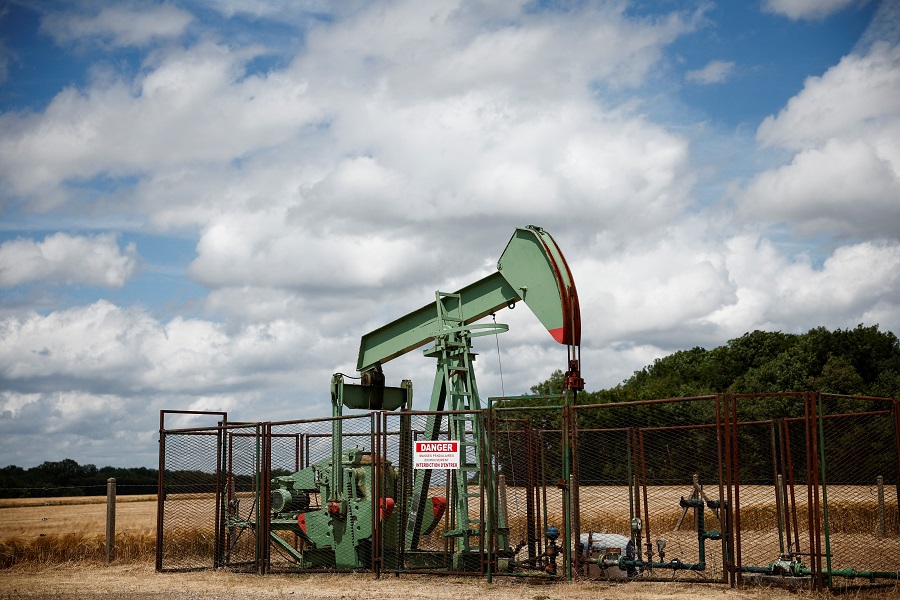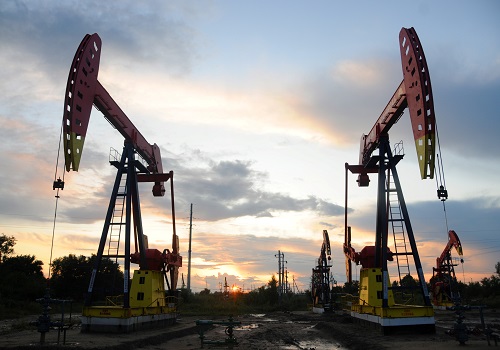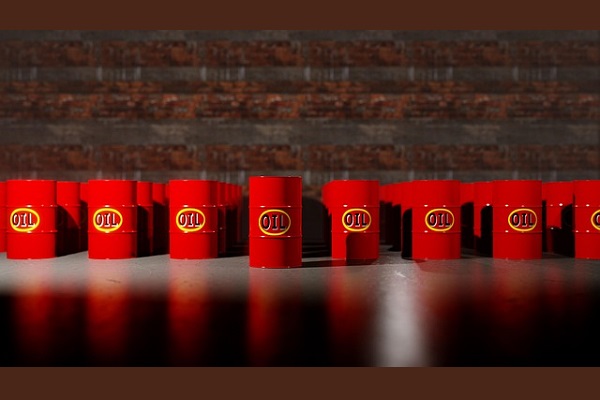Oil and Gas Sector Update : India’s Apr`25 gas demand down 7% YoY, post 4% YoY fall in 4QFY25 By JM Financial Services
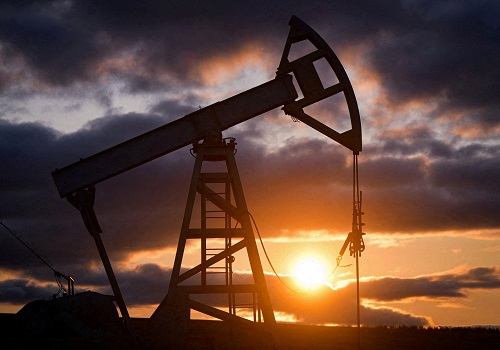
India’s Apr’25 gas demand down 7% YoY, post 4% YoY fall in 4QFY25
India’s gas demand was 7% lower YoY in Apr’25 at 184mmscmd, following the 4% YoY decline in 4QFY25, on elevated spot LNG prices, weak demand from power sector and industries switching to relatively cheaper liquid fuels after the recent weakness in crude price. India’s LNG demand was 13% lower YoY in Apr’25, following 4.6% YoY decline in 4QFY25, due to elevated spot LNG prices, led by decline in demand in refinery, fertiliser and power segments; while India’s domestic gas demand was a tad higher MoM in Apr’25. Further, CGD sector gas demand improved MoM in Apr’25; also likely to see some benefit from reduction in APM gas price for Jun’25 and lower crude-linked gas prices. Asian spot LNG price remained elevated ~USD 12/mmbtu or 19% of Brent (vs. historical average of ~12% of Brent) due to Europe’s sustained restocking demand (EU gas inventories are currently at 48%, below 70% YoY and 5-year average of 60%) amidst some supply side disruptions and limited addition to LNG export capacity. Sustained high spot LNG price could continue to be a near-term concern for all gas companies, particularly for CGD companies like Gujarat Gas (given its 20-30% dependency on spot LNG). Further, this can impact domestic LNG demand and, hence, volume for Petronet LNG, GAIL and GSPL. But, we expect likely moderation in spot LNG prices in the medium to long term due to significant 40-50% addition in global LNG supply capacity in 5-6 years starting 2HCY26. Further, any resumption of Russian gas supply to Europe, as part of Russia-Ukraine negotiations, could lead to accelerated normalisation of spot LNG prices.
* India’s Apr’25 gas demand down 7% YoY, following 4% YoY decline in 4QFY25, on elevated spot LNG prices, weak demand from power sector and industries switching to cheaper liquid fuels: India’s Apr’25 total gas demand continued to be weak, down 7% or 14.3mmscmd YoY, at ~184mmscmd (vs. ~183mmscmd in Mar'25, significantly below 198mmscmd in Apr'24) due to lower LNG demand on elevated spot LNG prices, primarily in fertiliser, refinery and power sectors. On a YoY basis, the sharp decline of 14.3mmscmd or 7% in Apr'25 gas demand was primarily led by Refinery (down 7.9mmscmd), Fertiliser (down 6.9mmscmd) segment and Power (down 4.0mmscmd); this was due to lower gas demand from the power sector (due to lower cooling demand as the summer was not as warm), and because of a few industries like refineries switching from gas to relatively cheaper alternative crude-based liquid fuels (like fuel oil, etc.) due to moderation in crude price. However, on a MoM basis, gas demand increased marginally by 1mmscmd as seasonal rise in gas demand from Power sector (up 8.6mmscmd) was largely offset by decline in gas demand in Fertiliser (down 5.4mmscmd), and Refinery (down 0.9mmscmd) — Exhibit 14.
* India’s LNG demand was 13% lower YoY in Apr’25, following 4.6% YoY decline in 4QFY25, on elevated spot LNG prices: India’s LNG demand was down 13% YoY or 13.5mmscmd in Apr'25 at 89.5mmscmd (vs. 88.8mmscmd in Mar'25, significantly below 102.9mmscmd in Apr'24) due to spot LNG prices being elevated at USD 11-15/mmbtu during Mar-Apr'25 or 16-20% of Brent vs. historical 12%. On a YoY basis, the sharp decline of 13.5mmscmd in Apr'25 LNG demand was primarily led by Refinery (down 8.0mmscmd), Fertiliser (down 6.0mmscmd) and Power (down 3.4mmscmd) segments. However, MoM, LNG demand increased slightly by 0.7mmscmd as seasonal rise in gas demand from Power sector (up 6.8mmscmd) was largely offset by decline in gas demand in Fertiliser (down 3.4mmscmd), Refinery (down 0.7mmscmd) and other small segments.
* Domestic gas demand a tad higher MoM at 94.2mmscmd in Apr’25: Domestic gas demand was a tad higher MoM at 94.2mmscmd in Apr’25 (vs. 93.9mmscmd in Mar’25 and vs 95.0mmscmd in Apr'24). During Apr’25, the MoM increase in domestic gas demand was led by: a) Power sector (17.1mmscmd in Apr’25 vs. 15.4mmscmd in Mar’25); and b) CGD sector (29.6 in Apr’25 vs. 28.6mmscmd in Mar’25). However, this was partly offset by decline in domestic gas demand in the Fertiliser segment (7.4mmscmd in Apr’25 vs. 9.4mmscmd in Mar’25).
* CGD sector gas demand improves 2.3% MoM in Apr’25; also likely to see some benefit from reduction in APM gas price for Jun’25 and lower crude-linked gas prices: India’s CGD sector total gas demand increased 2.3% MoM to 42.7mmscmd in Apr’25 (vs. 41.7mmscmd in Mar’25 and vs. 40- 45mmscmd during Aug'24-Feb'25). Domestic gas consumption for the CGD sector increased MoM (at 29.6mmscmd in Apr'25 vs. 28.6mmscmd in Mar'25); this could be due to APM allocation cuts w.e.f. 16th Apr’25 being more than compensated via higher allocation of NWG (new well gas). LNG consumption was largely steady MoM (at 13.1mmscmd in Apr'25 vs. 13.2mmscmd in Mar'25), in line with its historical LNG consumption range of 13-15mmscmd. Separately, domestic APM gas price has fallen to USD 6.41/mmbtu for Jun’25 (vs. USD 6.75/mmbtu in Apr-May’25) due to fall in crude price as APM price is revised monthly based on 10% of India’s imported crude price for the previous month subject to a ceiling of USD 6.75/mmbtu (for FY26). Average Indian crude basket price in May’25 was USD 64.05/bbl vs USD 67.73/bbl in Apr’25. This is a slight positive for CNGdominated CGD companies (like IGL and MGL) as this reduces cost of gas for the CNG business by ~USD 0.34/mmbtu or ~INR 1.5/kg or ~INR 1.1/scm and can provide some cushion to margins especially after the APM allocation cuts w.e.f. 16th Apr’25.
* Asian spot LNG price remained elevated ~USD 12/mmbtu or ~19% of Brent (vs historical average of ~12% of Brent); trading at premium vs. alternative fuels: Asian spot LNG prices continue to be elevated around USD 12/mmbtu or 19% of Brent (vs. historical average of ~12% pre RussianUkraine crisis), primarily due to: a) Europe’s sustained restocking demand as gas inventory was depleted due to harsh winter and on account of end of Russia gas supply to Europe via Ukraine by end-CY24; and b) some supply side disruptions amidst limited addition to LNG export capacity — Exhibit 1. Hence, spot LNG price is relatively higher vs. alternative fuel prices impacting its competitiveness — Exhibit 12. Hence, European benchmark gas prices remain high ~USD 11/mmbtu with EU gas storage inventories are currently at 48%, below 70% YoY and 5-year average of 60% during the same period — Exhibit 4-6. Given the low inventory, EU has agreed to give more flexibility to the natural gas storage goals by proposing that the existing binding 90% filling target ahead of winter should be reached anytime between 1st Oct and 1 st Dec (vs. the current deadline of 1st Nov); it also agreed that in case of unfavourable market conditions, member states may deviate by up to 10% from the filling target. Going forward, it will be critical to understand implementation of the European Commission’s plans to fully phase out EU's imports of all Russian gas and LNG by the end of 2027; this includes end-2025 ban on Russian gas spot deals and end-2027 halt to Russian gas import via long-term contract. Around 19% of EU’s gas still comes from Russia, via the Turk Stream pipeline and LNG shipments - down from roughly 45% before 2022. This is critical amidst speculation that a revival of the Nord Stream pipelines (through which Russia supplies gas to Europe) could be a part of a deal for the end of the war in Ukraine.
* US Henry Hub (HH) gas price likely to remain supported ~USD 3.5-4/mmbtu: US HH gas price is likely to remain supported around USD 3.5-4/mmbtu in the near term as US exports more LNG and domestic demand for natural gas remains healthy on account of seasonal strength in demand from the power sector due to expectation of a warmer-than-normal summer. Further, in the medium to long term, US HH gas price likely to remain supported as EIA expects: a) US LNG exports to rise from 11.9bcfd in CY24 to 15.2bcfd in CY25, 21.5bcfd in CY30 and peak at 26.8bcfd in CY40; b) while US domestic gas output is likely to see to grow 105.2bcfd in CY24 to a peak output of 119bcfd in CY32, before declining to 113bcfd in CY40; and c) US domestic gas demand is likely to peak at 92.4bcfd in CY32 from 90.5bcfd in CY24 — Exhibit 8.
* Sustained high spot LNG price could continue to be a near-term concern for all gas companies; however, spot LNG prices are likely to normalise in long-term due to significant addition in global LNG supply capacity starting 2HCY26: Sustained high spot LNG prices could continue to be a nearterm concern for all gas companies, particularly for CGD companies like Gujarat Gas (given its 20- 30% dependency on spot LNG) because spot LNG pricing competitiveness vs. propane has reduced as Saudi LPG/propane prices for Jun'25 were cut MoM at USD 600/tn (and lower vs. USD 610/tn for May'25) while spot LNG price remained elevated around USD 12/mmbtu. Further, Argus estimates propane price to further moderate to ~USD 540/tn by Sep'25 and to USD 470/tn in CY26— Exhibit 10-11. Moreover, elevated spot LNG prices can affect other CNG-dominated CGDs (like IGL and MGL) also especially due to continued reduction in allocation of low-cost APM gas for the CNG segment. Further, high spot LNG can impact domestic LNG demand across sectors and, hence, impact volume for Petronet LNG, GAIL and GSPL. Separately, high US HH gas price (relative to spot LNG price and crude linked LNG) can cap the trading margin of GAIL’s US HH linked LNG contracts — Exhibit 9. Spot LNG prices may remain elevated in the near term supported by Europe’s sustained restocking demand amidst halt of transit of Russian gas to Europe via Ukraine (since end CY24). However, we expect likely normalisation in spot LNG prices to the historical average of ~12% of Brent in the medium to long term due to significant 40-50% addition in global LNG supply capacity in 5-6 years starting 2HCY26. Further, any resumption of Russian gas supply to Europe, as part of Russia-Ukraine negotiations, could lead to accelerated normalisation of spot LNG prices.
Please refer disclaimer at https://www.jmfl.com/disclaimer
SEBI Registration Number is INM000010361


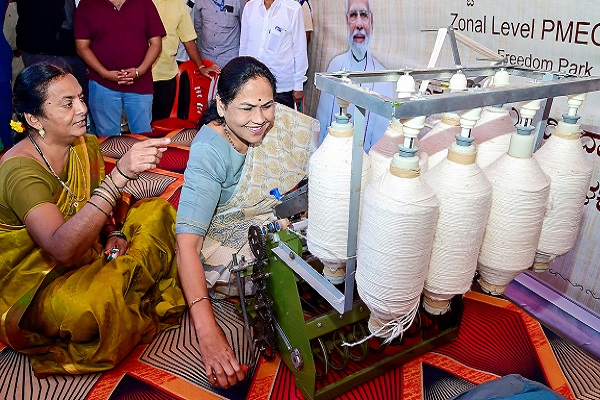
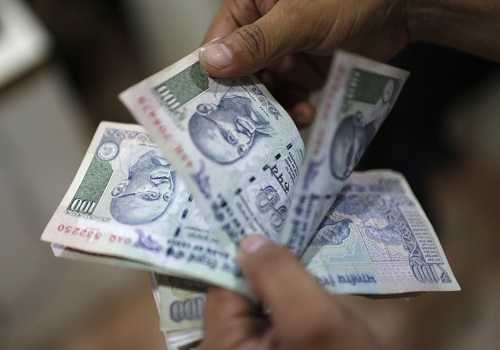

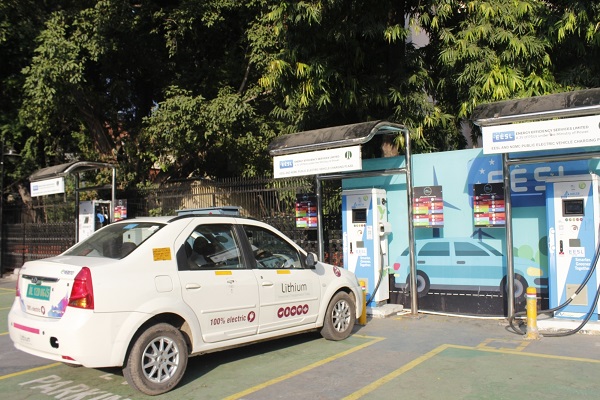


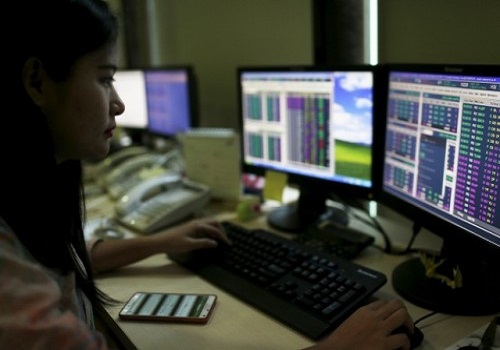
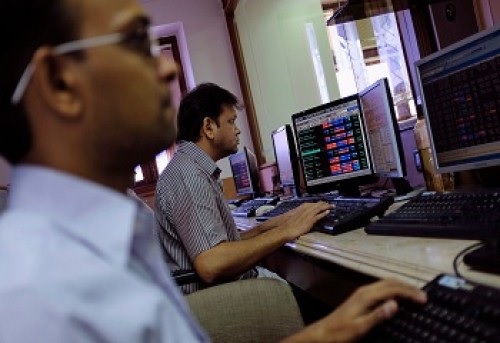
More News
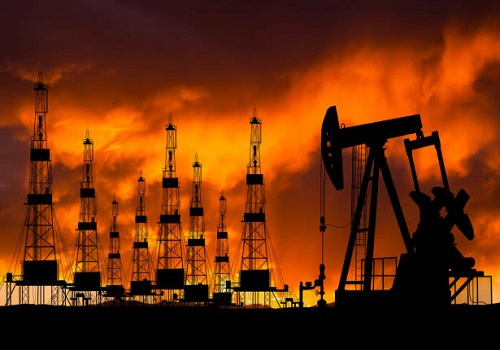
Oil & Gas Sector Update : O&G PSUs set to exceed dividend receipt targets By Yes Securities ...








